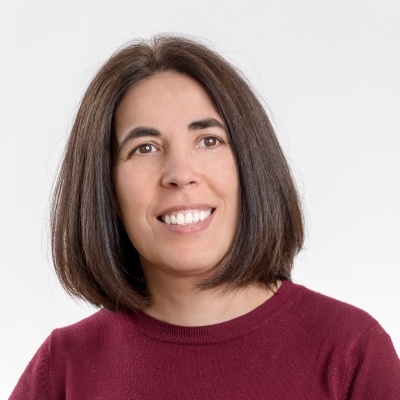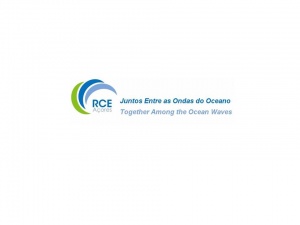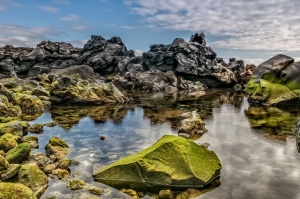
Address
Azorean Biodiversity Group, University of the Azores
Rua Capitão João D'Avila 9700-042 Angra do Heroísmo
Terceira, Azores, Portugal
Email
rosalina.ma.gabriel@uac.pt
H Index of Web of Science
25
H Index Google
33
Curriculum Vitae
Download •
Web References
Personal Site •
Scopus •
Google Scholar •
Orcid •
Island Biodiversity, Biogeography & Conservation - IBBC
Subgroup Leader of Island Bryophytes
Rosalina Maria de Almeida Gabriel
Associate Professor
Ecology Conservation Bryophytes Macaronesia
In 2000 I received a Ph.D. in Plant Ecology from the Imperial College of Science, Technology and Medicine (University of London), supervised by Jeff W. Bates. I am currently working in the Island Biodiversity, Biogeography and Conservation Research Group (IBBC) of cE3c. I am a professor of Biology at the University of Azores. My research focuses mainly on two areas: Bryophyte’s ecology, biogeography and physiology and Environmental Education. I have been involved in island research, using the Azorean archipelago and the Macaronesia islands as a model system.
I have long lasting collaborations with other bryologists working on Macaronesia, such as Cecília Sérgio and Manuela Sim-Sim (Madeira Archipelago; cE3c), Juana González-Mancebo (University of La Laguna) and Alan Vanderpoorten (University of Liége) (Canary Islands). More recently I have also been working with Claudine Ah-Peng from the Island of Reunion in MOVECLIM Project (Montane vegetation as listening posts for climate change), which aims to characterize the diversity of bryophytes and ferns along altitudinal gradients in five island systems (Azores, Canary Islands, Reunion, Guadalupe and French Polynesia). Concerning Environmental Education, I coordinate the RCE Azores, a Regional Centre of Expertise on Education for the Sustainable Growth, of the United Nations University. My current research includes:
1) Cryptogamic studies:
- Collection of primary data regarding bryophytes and other organisms;
- Analysis of macroecological patterns (distribution and abundance);
- Study of bryophyte’s growth related to ecophysiological variables;
- Bryophyte’s conservation.
2) Environmental education and sustainable development:
- Environmental perspectives, attitudes, and representations of different population’ groups (e.g. rural/urban; children/grown-ups/aged);
- Pro-environmental behaviour and sustainability;
- Environmental risk communication.
3) Other studies:
- Studying organisms from extreme environments (e.g. fumaroles);
- Scientific outreach.




